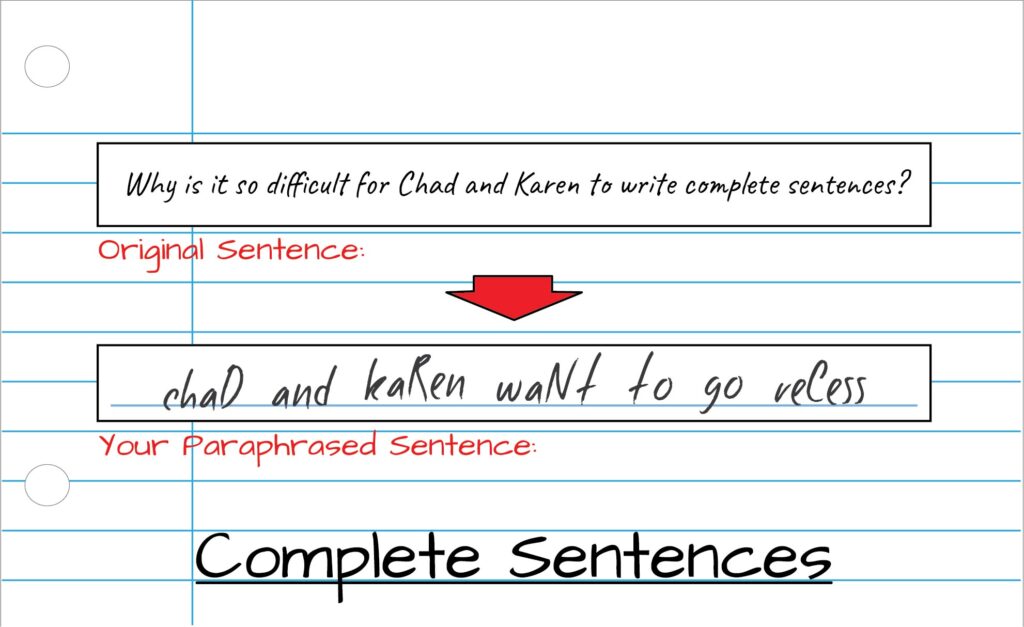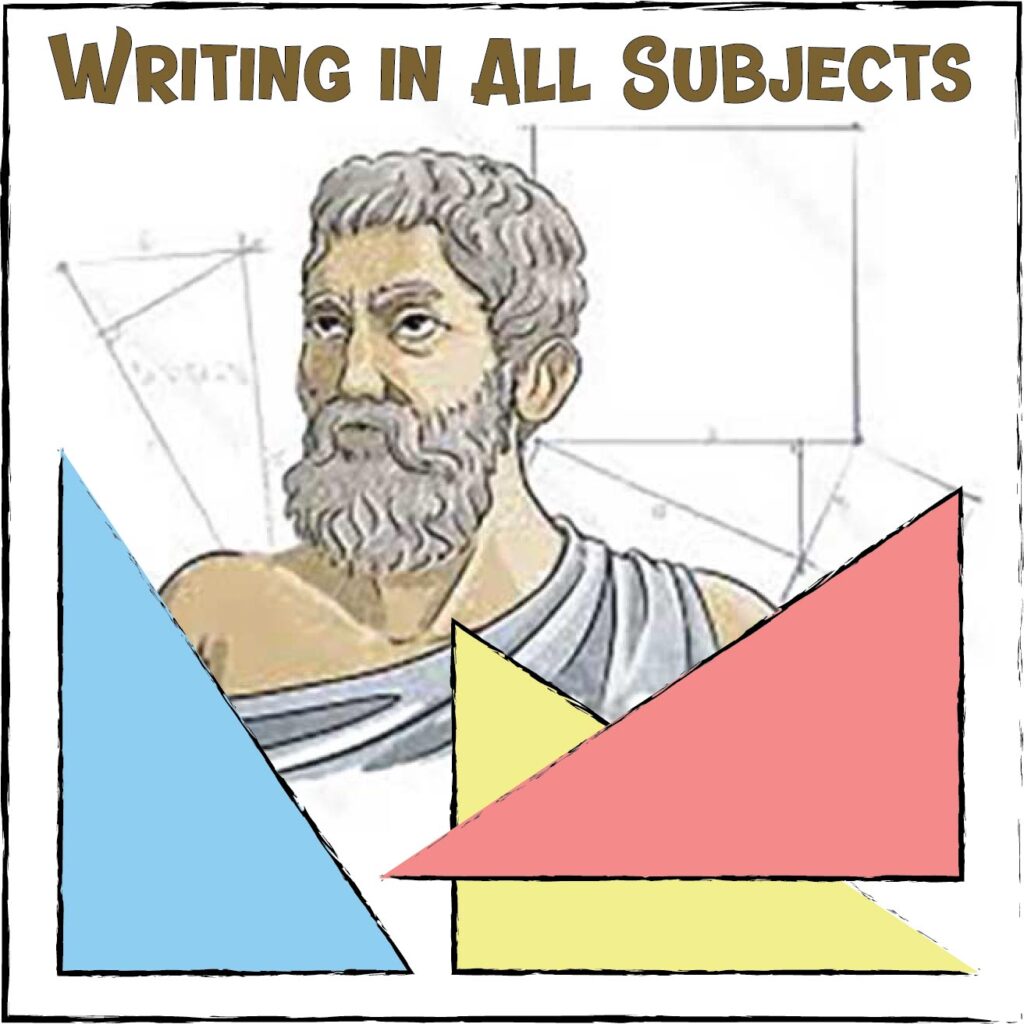
Category: Writing help
Writing help: In my teaching experience, writing is one of the most difficult things to teach effectively. Teaching effective and meaningful writing in a virtual setting becomes that much harder. In the classroom, it has taken me many years to develop what I believe to be effective strategies to teach writing. Here are strategies to help young (and old) writers.








